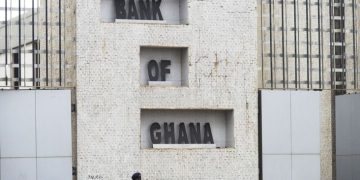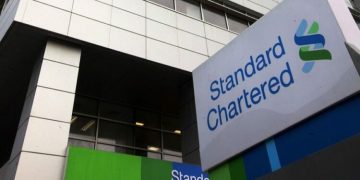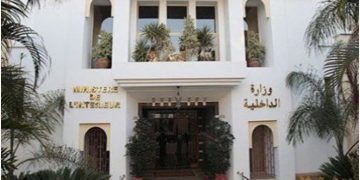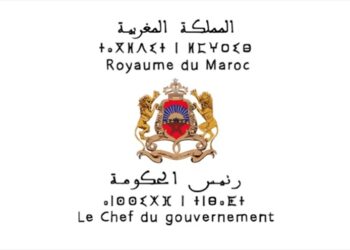Last week, the Bank of Ghana’s Monetary Policy Committee announced a historic 300-basis-point cut in the benchmark Monetary Policy Rate, which now stands at 25%, down from the 28% at which it stood since March, when it was hiked by 100 basis points.
Banks and other commercial lenders in Ghana will, expectedly, begin cutting their average lending rates this week in response, although it is unlikely that their effective lending rate cuts will match the central bank’s own MPR cut. But whatever cuts are introduced will accelerate a process that actually began in April, when the base lending rate for all commercial banks – the Ghana Reference Rate, computed by the Ghana Association of Banks – began to fall, in line with falling inflation and even faster falling treasury bill rates. The GRR was 23.69% by the end of July, down from 28% at the start of the year, even though the interbank weighted interest rate has remained stubbornly high at 27% so far this year.
While the size of last week’s MPR cut surprised many, few monetary economists predicted a cut of more than 200 basis points, even though industry advocated intensely for a larger cut – the BoG’s decision is well justified by the current macroeconomic fundamentals. Inflation has fallen sharply from 23.5% in January to just 13.7% by Jul,y and many forecasts now expect the central bank’s target of single-digit inflation to be achieved by the turn of this year. Treasury bill rates have fallen even further, depressed by the incumbent government’s fiscal restraint on the money market. By the end of July, 91 treasury bill rates were 14.74%, 182 bill rates were 15.34% and 364-day bills were 15.76%, down from 28.37%, 28.89% and 30.26% respectively at the start of the year.
Meanwhile, by the end of last week, one US dollar was being sold for GHc10.45, down from GHc15.3 at the beginning of the year.
But senior BoG officials admit that the challenge they now face is how to ensure that the availability of cheaper credit with which to buy cheaper forex does not translate into a surge in demand for forex for imports that squeezes forex liquidity, puts pressure again on the exchange rate and consequently on inflation and interest rates.
Already, some banks are complaining of insufficient forex liquidity to meet the growing demands of their customers, forcing some of them to seek alternative sources at a little higher cost. BoG Governor Dr Johnson Asiama acknowledges some degree of shortage, which he attributes in part to a reduction in inward remittances, a trend the central bank intends to look into.
However, several factors are working in the BoG’s favour in its effort to curb undue demand for forex for unproductive purposes. One is that total liquidity in Ghana’s economy, as measured by M2+, has been on the decline since April, as the government restricts its own spending and the BoG sucks up excess liquidity using its open market operations. By the end of March, it was 343.9 billion, but by the end of June, it had fallen to GHc325.0 billion.
Also, the commercial banks themselves are still reluctant to lend in the face of an industry average non-performing loans ratio still over 23%. By June this year, real (inflation-adjusted) commercial bank credit to the private sector had declined from its level at the start of the year.
Acknowledging the complexities of Ghana’s monetary challenges, the BoG has assured that it will continuously monitor trends and events in both the domestic and global economies, and stands ready to make adjustments to its monetary policy as circumstances require.
By Toma Imirhe




































